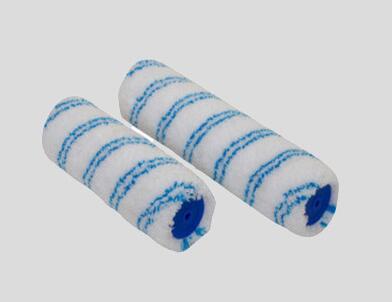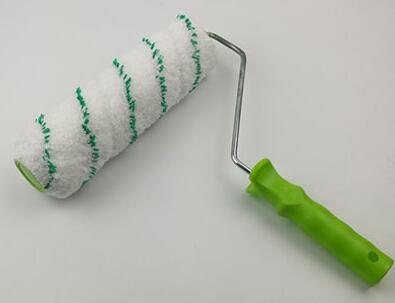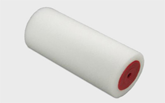11 Painting Shortcuts That Do More Harm Than Good
Dec. 23, 2021All painting projects, large or small, require diligent preparation and attention to detail. Taking shortcuts leads to a disappointing paint job that won't last very long. Here's what you should not do on your next painting project.
1. Trying to Cover in One Coat
It’s a bad idea to slather on a thick layer of paint in an attempt to save time. For starters, one coat rarely covers well. And a thick coat of paint will run and take forever to dry. Applying two thin, even coats is easier and will give you much better results.
Plus, learn these 10 painting myths you need to stop believing today.
2. Not Washing Siding Before Painting
“I removed several layers of paint from my house. Then I sanded, patched, caulked, and used the best primer and most expensive paint I could find. But the next spring, the paint was falling off in sheets. I had made one big mistake. I hadn’t washed the siding first. Now I always scrub the siding with a solution of special ‘siding wash’ before any paint goes on.” — Jeff Gorton, editor.
3. Not Sanding Walls
For a lump-free finish, sand your walls before you roll on paint. Sanding gets rid of bumps, roller lint and other crud left from previous paint jobs.
It's best to use a drywall sanding pole and 80- or 100-grit drywall sanding paper. You can also use a handheld sanding block, it’ll just take longer.

4. Painting Over Unprimed Patches
The trouble with most patching compound is that it leaves a foggy spot on the painting wall when you paint over it. Painters call this “flashing,” and it's ugly. There are two ways to prevent flashing.
The first is to prime over the patch with a sealing-type primer. The other is to use self-priming patching compound, such as 3M’s Patch
5. Painting Over Partially Dried Paint
In a hurry to get the job done? Painting over paint that's not completely dry isn't the answer. The worst-case scenario is that you'll loosen the partially dry paint and it will start to come off onto your brush or roller, creating a real mess.
But even if this doesn't happen, painting over paint that's not dry can cause adhesion problems or slow drying time. Follow the drying time instructions on the paint can.
6. Not Masking the Baseboard
Even if you’re a super-neat painter and can brush a perfectly straight line without any masking tape, you should still mask off the baseboards. Otherwise you're sure to have paint splatters (or worse) all over them.
You don't have to completely cover the baseboard. A strip of 1-1/2-in. or 2-in tape, left sticking out like a little roof, is all you need to catch the spatter.
7. Skipping the Prep Work
There's no doubt that washing, patching, caulking and sanding are tedious and time consuming tasks. But there's no substitute for good prep work if you want a great-looking paint job.
The Penny Hoarder Issues “Urgent” Alert: 6 Companies Are Overcharging You
By The Penny Hoarder — How many times have we fallen for this?
8. Painting From the Can
It's tempting to paint straight from the gallon can as it's one less thing to clean up. But it's a mistake for several reasons. A full gallon is heavy, and if you spill it, you'll have a big cleanup job. Also, it's hard to load a paintbrush correctly from a full gallon of paint.
Always transfer a small amount of paint to another container, and paint from that. And while you're at it, it's a good idea to strain the paint to remove lumps and impurities.

9. Expecting Paint to Fill Gaps
Field Editor Pat Stinson figured he would save time by just letting the thick paint fill the baseboard gaps. But when the paint dried, the gaps reappeared and he had to caulk anyway. The lesson: Caulk first, then paint.
10. Not Thoroughly Mixing the Paint
Several Field Editors had painting disasters related to paint that wasn't well mixed. Michael Rueber used the remaining paint in the bottom of the can to touch up, only to discover it was a slightly different color when it dried because the paint hadn't been mixed well.
11. Painting Over Wallpaper Without Sealing It
“I painted over a roomful of wallpaper and it looked great until the wallpaper soaked up the paint and started to fall off in spots. What a mess! A one-day project became a week-long job. Next time I’ll plan on removing the paper first, or at least sealing it first with a stain-blocking sealer.” — Bruce Fox.














